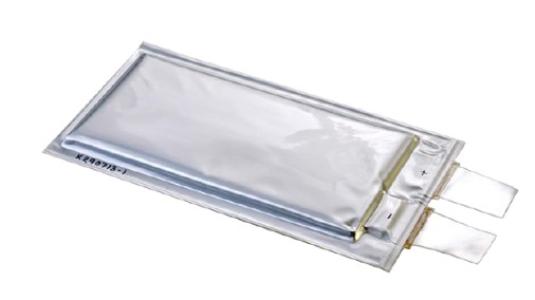High specific energy lithium cell for next generation batteries: Lithium-Sulfur battery state-of-the art and challenges

- To understand the state-of-the-art Li-S electrochemical systems available today and the challenges to overcome the challenges like cyclability.- To perform a full survey of LiS systems published and available- To identify the most promising ways to solve challenges of LiS cells- To demonstrate proof of concept to solve the issues identified.
For terrestrial applications, Lithium-Sulfur (Li-S) cells are regarded as the most promising technology for the next generation batteries due to their high theoretical capacity, the abundant and low cost sulfur resources and lithium-ion comparable cathode production techniques, and the low toxicity of sulphur compared to cobalt based cathode. Theoretically, Li-S batteries can deliver an extremely high specific energy of 2,567 Wh/kg, compared to 387 Wh/kg being the theoretical maximum for conventional Lithium-ion cells used in terrestrial and satellite applications at the moment. If Li-S batteries are successfully developed and reach their theoretical maximum, batteries over six times lighter than the conventional lithium-ion ones, would be available. Li-S cells have been developed by American, European companies offering a specific energy over 240 Wh/kg. The latter specific energy is much higher than that delivered by the state-of-the-art Lithium-ion cells, comprising the batteries used in European satellites at the moment, i.e. ~150 Wh/kg. Several issues will need to be tackled in the cell chemistry in order to develop a successful Li-S cell. Among such problems are: a) Poor electrode rechargeability and limited rate capability due to the insulating nature of sulphur and the solid reduction products, i.e. Li2S and Li2S2, b) fast capacity fading owing to the generation of various soluble polysulphide Li2Sn Intermediates, and c) poorly controlled Li/electrolyte interface.Li-S batteries are believed to reach mass commercialization towards the end of the decade and it is important that the space sector contributes to such important technological development on energy storage.After a full survey of the publications on lithium sulfur electrochemical systems, issues to develop lithium sulfur cells will be identified and the most promising ways to solve these issues will be proposed. And in a last part, the proof-of-concept of the promising ways to solve issues will be demonstrated.
